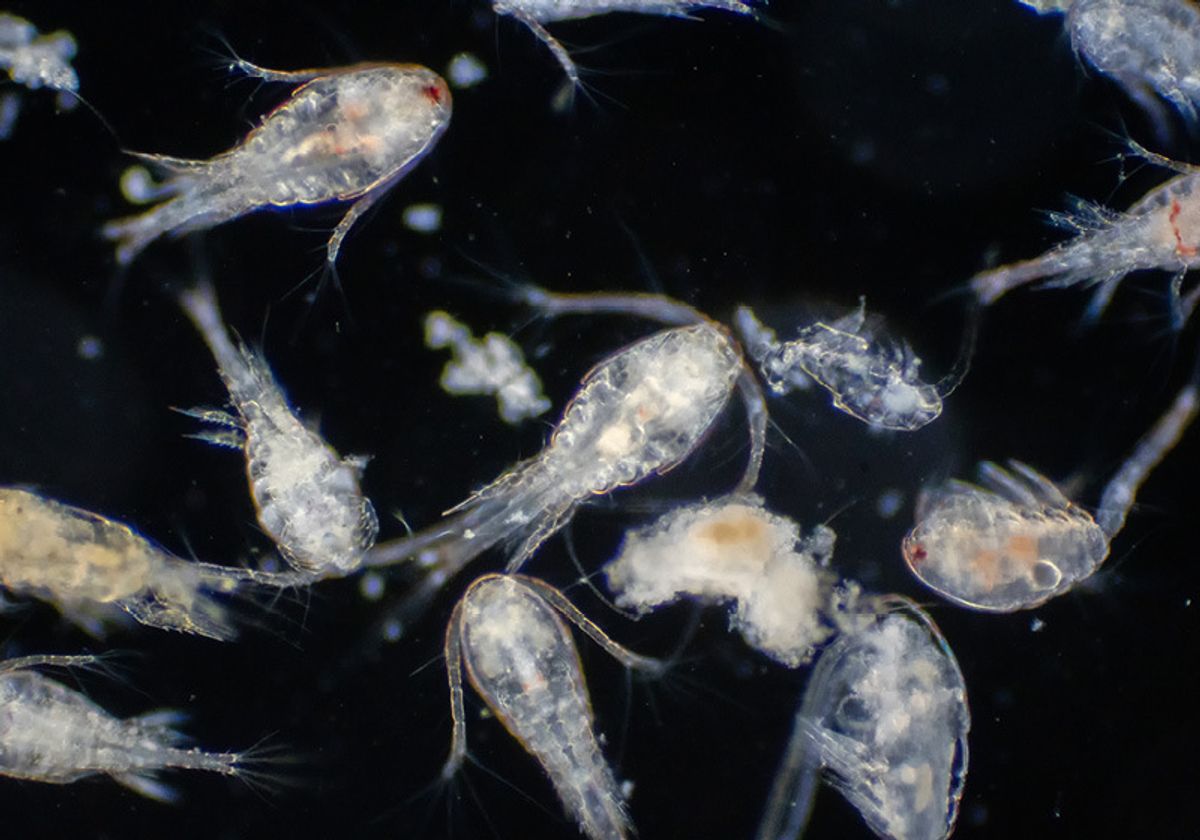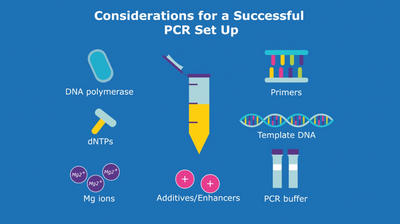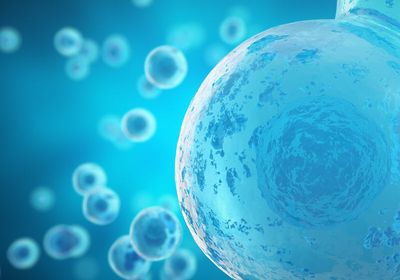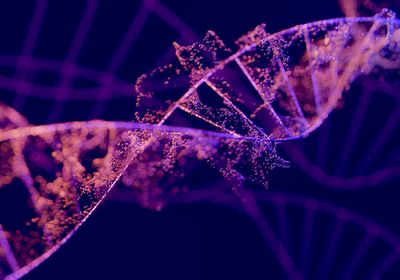
Climate change is a global problem that influences how organisms live and function in their environment. Elucidating how climate change affects the oceans is especially important, as these bodies of water are home to some of human’s main food sources. Investigating how organisms adapt is essential for accurately predicting their survival, and tracking genomic changes helps researchers determine the lasting effects of the changing environment. Acartia tonsa—a type of marine plankton commonly known as a copepod—is a dominant coastal species and an important food source for fisheries. By studying bioindicator species such as A. tonsa, researchers can get an idea of how the ocean food chain might react to changes in the Earth’s climate.
Copepods are particularly useful for studying genetic changes in response to shifting marine environments. Tracking a copepod's evolving genome in the wild, however, can be time consuming and laborious. To circumvent this challenge, Melissa Pespeni and her group at the University of Vermont use an evolve-and-resequence approach.1 “I think that doing experimental evolution in the lab is extremely powerful because you can control everything and measure evolution in action,” said Pespeni.
Pespeni and her team, along with Hans Dam from the University of Connecticut, detailed this method in a recent PNAS study.2 The researchers exposed a copepod population to water warming, acidification via high CO2 levels, and combinations of the two ocean warming and acidification (OWA) conditions in the laboratory, and tracked their adaptations to these conditions over 25 generations. Previously, Pespeni and her group tracked reproductive fitness traits, such as egg-hatching success and reproductive timing, under these conditions.3 They found that the fitness of the population exposed to OWA conditions initially decreased, but then adapted to the stressors over several generations.
In the current study, the researchers sequenced the genomes of animals in each experimental group at generation 0 and 25 to quantify how allele frequencies changed in response to experimental selective pressures. The researchers found that adaptive alleles related to development and morphogenesis were unique to the multiple stressor experiment, providing a possible explanation for the observed selection of hatching success.
It's not just one plus one equals two, it's one plus one equals something totally different.
- Melissa Pespeni, University of Vermont
“We showed that the warming alone was a much stronger selective pressure than CO2. But when…you combine them, you get a unique synergy. So, it's not just one plus one equals two, it's one plus one equals something totally different,” said Pespeni. Whereas previous studies observed the effects of single stressors on evolving organisms, Pespeni’s study demonstrated that multiple stressors result in a unique response to selection in a non-additive manner. This is important because human-induced environmental changes are multifaceted, and this study reveals the complexity of the genomic adaptive response.
According to Morgan Kelly, a professor at Louisiana State University who was not involved in the study, the insights presented by the researchers in this study call into question the previous single stressor works and will influence future experimental design. “There's this big question of the role that evolutionary change will play in response to climate change, especially in species that are key players in ecosystems,” said Kelly. “The way they integrate genomic information is the best of its kind in the world of marine experimental evolution. And that's where I think the insights that they're able to gain are especially important.”
According to Pespeni, there is reason to maintain hope in the face of climate change because her work revealed that the copepods eventually fully recovered their ability to reproduce following the combined environmental changes. This indicates that environmental changes may not be as disastrous to some organisms as scientists presumed. In the future, Pespeni and her group will integrate additional stressors and variables to further mimic natural environmental changes and study other copepod species with different genetic backgrounds.
References
- C. Schlotterer et al., “Combining experimental evolution with next-generation sequencing: A powerful tool to study adaptation from standing genetic variation,” Heredity (Edinb), 114:431-40, 2015.
- R.S. Brennan et al., “Experimental evolution reveals the synergistic genomic mechanisms of adaptation to ocean warming and acidification in a marine copepod,” PNAS, 119:e2201521119, 2022.
- H.G. Dam et al., “Rapid, but limited, zooplankton adaptation to simultaneous warming and acidification,” Nature Climate Change, 11(9):780-86, 2021.







